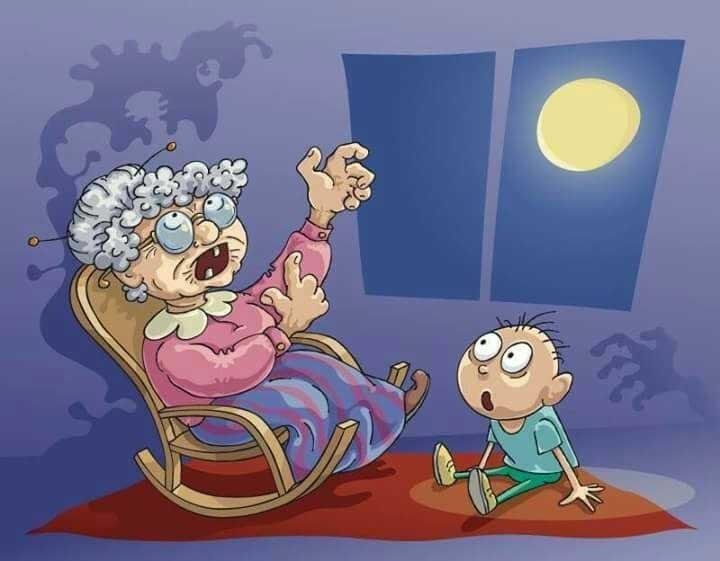
TELLING A STORY IN ENGLISH
how to start
Traditional stories often start with the phrase "Once upon a time". However, if you are going to tell your story after someone else has already spoken, you can say something like:
That reminds me!
Funny you should say that. Did I ever tell you about…
Hearing your story reminds me of when…
Something similar happened to me….
How to tell your story
First of all, your story should be quite short. Try to keep it grammatically simple as well, so that it is easy to follow.
Make it easy for the listener to understand by using sequencing and linking words:
Sequencing words
These words show the chronological sequence of events.
First of all, I (packed my suitcase)
Secondly, I …. (made sure I had all my documents)
Previously (before that) ….. I changed some money.
Then… I (called a taxi for the airport)
Later (on)… (when we were stuck in traffic, I realised…)
But before all that… (I had double checked my reservation)
Finally… (I arrived at the wrong check-in desk at the wrong airport for a flight that didn't go until the next day)
Linking words
Use these words to link your ideas for the listener. Linking words can be used to show reason, result, contrasting information, additional information, and to summarise.
I booked a flight because….
As a result, I was late…
Although I had a reservation, I hadn't checked the airport name.
I made sure I had an up-to-date passport and I also took along my driving licence.
In short, I had made a complete mess of the holiday.
Tenses
We can use a variety of tenses to tell stories and anecdotes. Jokes are often in the present tense:
A man walks into a bar and orders a beer.
We also use the present tense to give a dramatic narrative effect:
The year is 1066. In medieval England people are worried that the king, Harold, is not strong enough to fight off a Norman invasion.
However, we generally use past forms to talk about past events. If you tell your story in chronological order, you can use the past simple:
I double checked my reservation. I packed my suitcase, and then I called a taxi.
Use the past continuous to describe activities in progress at the time of your story, or to describe the background.
The sun was shining and it was a beautiful day. We were driving along the motorway quite steadily until we suddenly saw in front of us the warning lights to slow down. We were heading towards a huge tailback.
Sometimes, you might want to avoid telling your story as one chronological event after the other. You can use the past perfect (simple and continuous) to add more interest to your story by talking about events that happened before the events in your story:
I double checked my reservation, which I had made three days previously.
I wanted to visit some friends who had been living in France for the last five years.
Vocabulary
Try to use a wide range of words to make your story more interesting. Remember that you can "exaggerate" when you tell a story, so instead of using words like "nice" or "bad", experiment with more interesting words, such as "beautiful", "fabulous", "wonderful", "horrible", "awful" or "terrible".
Finally – remember that you are telling a story – not giving a lecture. Look at the people listening, and try to "involve" them in the story or anecdote. Keep eye contact, use the right intonation and try to make your face expressive. You might also want to try practising a few anecdotes in the mirror before "going live". Have fun!
Hi! I am a robot. I just upvoted you! I found similar content that readers might be interested in:
http://www.english-at-home.com/speaking/telling-a-story/